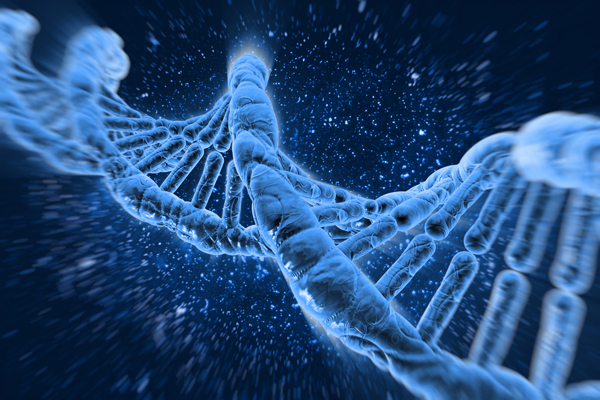Harvard researchers have improved the CRISPR gene editing tool, to allow the technique to be used to change single bases in the DNA of a specific gene. As many genetic conditions – including Tay-Sachs disease, sickle cell anemia and cystic fibrosis – are caused by single point mutations, the upgrade could pave the way for future treatments for these diseases.
While the CRISPR-Cas9 gene editing technique has been widely embraced as a groundbreaking new tool in the fight against genetic disease, the tool has so far only allowed researchers to completely knock-out a targeted gene’s function. The new improved tool is more accurate and precise, thereby allowing for the correction of point mutations in certain genes.
“It turns out that the majority of disease-associated human genetic variants are point mutations,” said David Liu, a chemical biologist at Harvard University in Cambridge, Massachusetts. “But current genome methods correct point mutations much less efficiently and much less cleanly than we can disrupt a gene.”
The Cas9 enzyme is able to target any site in the genome with the help of a strand of guide RNA. Once it locates the site in the DNA with a sequence complimentary to the guide RNA, the Cas9 enzyme cleaves the bond between the bases on both strands of DNA.
This break in the sequence recruits DNA repair enzymes, which are capable of repairing the lesions in the gene. This process, however, is not perfect: the DNA repair enzymes will often inappropriately insert or remove bases, which can result in an inactivated gene.
More accurate DNA repair enzymes can be recruited if a DNA template is provided to guide the cell’s efforts to fix the damage. Unfortunately, this method only works about 5 percent of the time.
In order to make gene editing more precise, Liu and his colleagues devised a way to edit the DNA without causing a break in the helix. The researchers removed the Cas9 enzyme’s ability to cleave the DNA, and bound it to an enzyme which converts the DNA base cytosine, into the RNA base uridine.
The enzyme complex is still able to find its target in the genome by the action of the guide RNA, however instead of editing the gene by cutting it, the engineered enzyme simply switches bases. The researchers found that the modified Cas9 worked on purified DNA in vitro approximately 44 percent of the time. Unfortunately, the new enzyme was only effective in cell culture around 7.7 percent of the time.
Liu and his team found that the enzyme was only chemically changing the base on a single strand of DNA. As this then creates a mismatch, the cell fixes the inappropriate base pairing by converting the base back to its original form.
By making a few more modifications to the enzyme, the researchers were able to get the base editing tool up to a 75 percent efficiency rate in genes associated with Alzheimer’s disease, in mouse cell culture. In human cells, the enzyme had a 7.6 percent efficiency in editing mutations associated with cancer. The researchers point out that the original CRISPR-Cas9 tool was unable to do either.
According to Liu and his colleagues, there are many disease-associated mutations that could fixed using this tool. The team – whose results were published in the journal, Nature – now hopes to tests the technique in animals.












Join or login to leave a comment
JOIN LOGIN